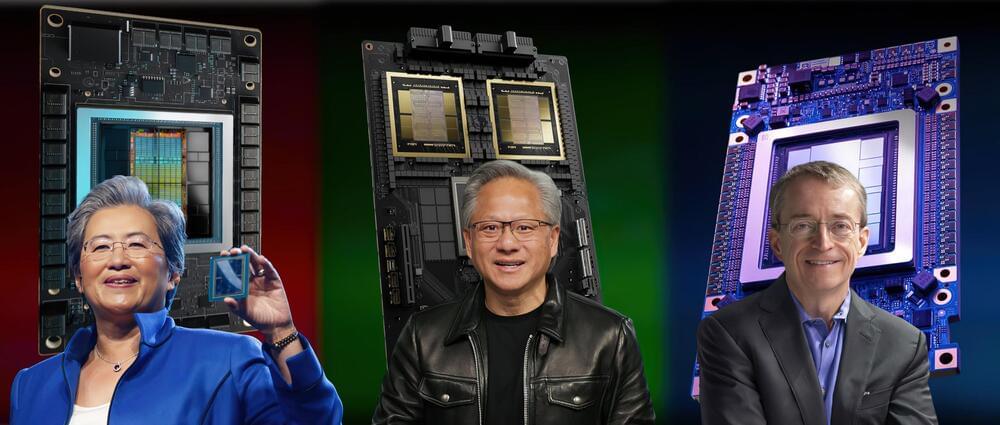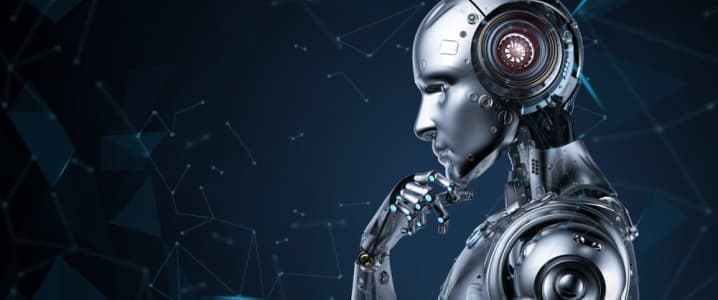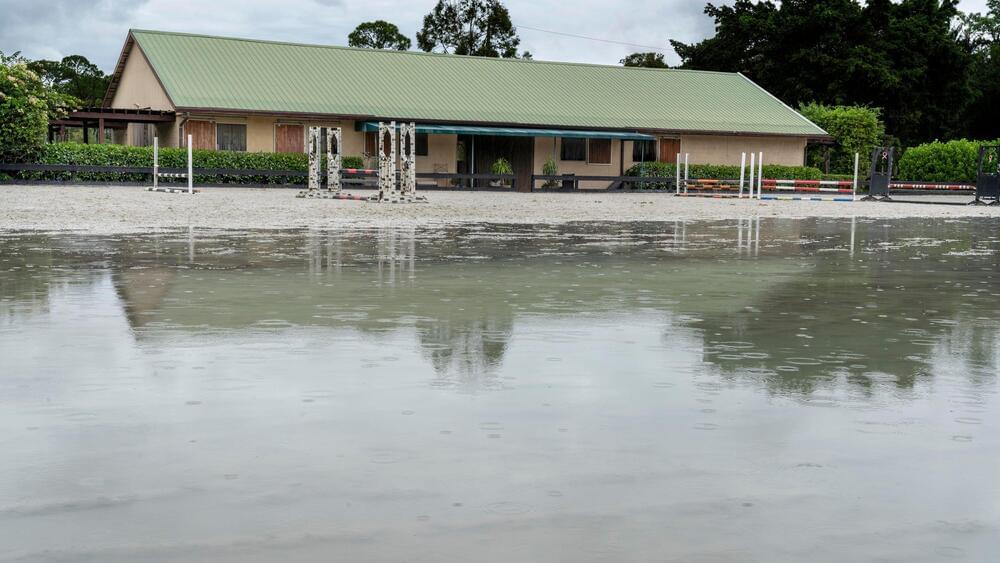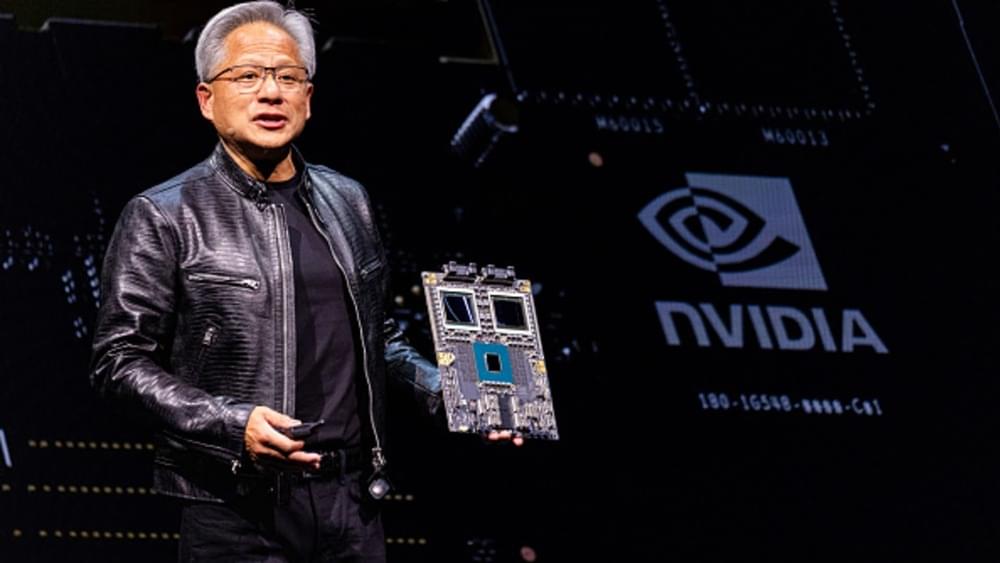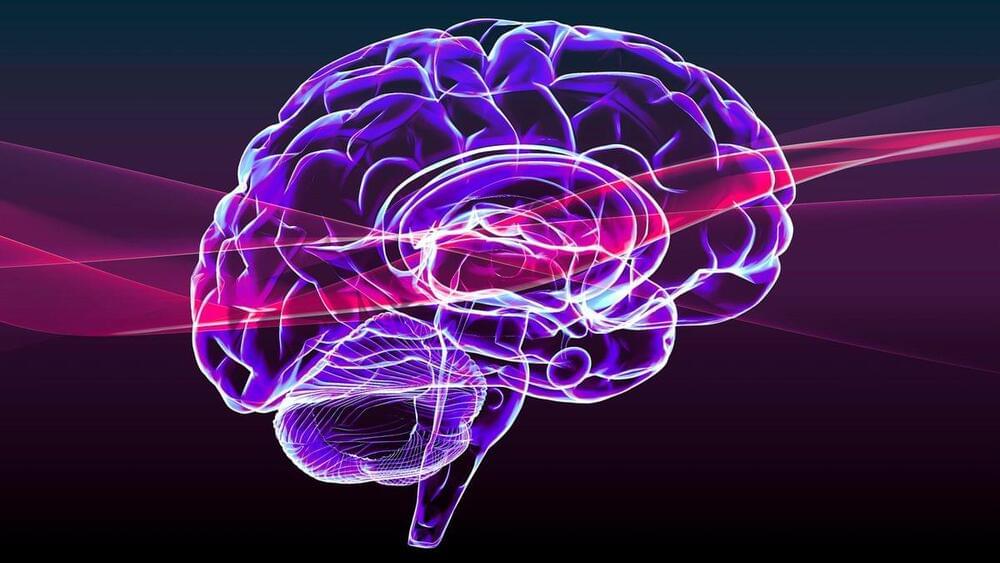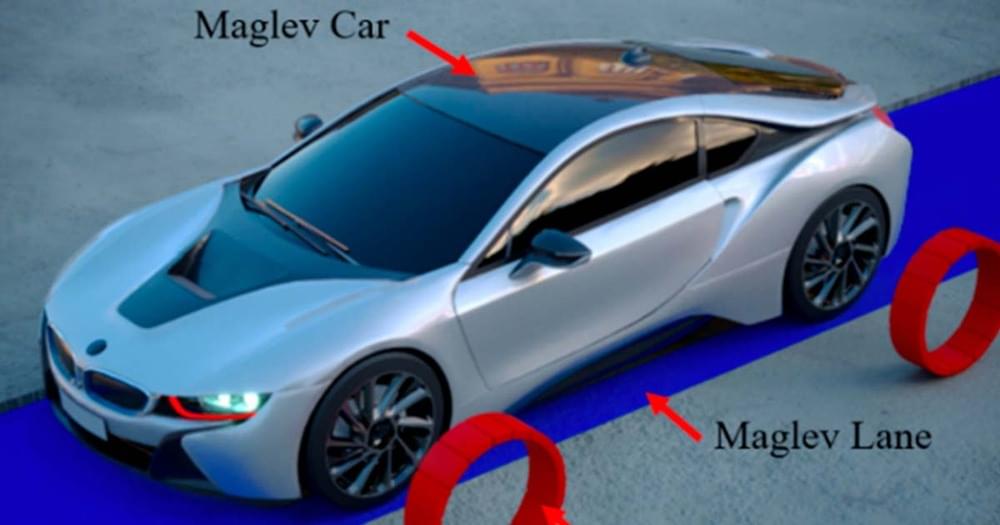TSMC’s 3nm process is set to receive massive adoption in the AI sector, as Intel, NVIDIA, & AMD plan on utilizing the technology in their next-gen accelerators.
TSMC’s 3nm Process Is demanding in The Tech Markets As It Manages To Capture Most Of The Market Share: NVIDIA Rubin, AMD MI355X & Intel’s Falcon Shores For Next-Gen AI Markets
The Taiwan giant’s next node is said to be highly demanding in the markets, mainly because mainstream tech companies have revolved their upcoming product portfolios around the process. Notable examples include Apple for its upcoming A19 Pro chip, MediaTek’s Dimensity 9,400, and even Google’s Tensor G5. And now, it looks like we have clarity on the adoption of TSMC’s 3nm by the AI tech giants, such as NVIDIA and AMD out there, with a new report by Ctee now showing us where the process is expected to be integrated when it comes to AI portfolios.
